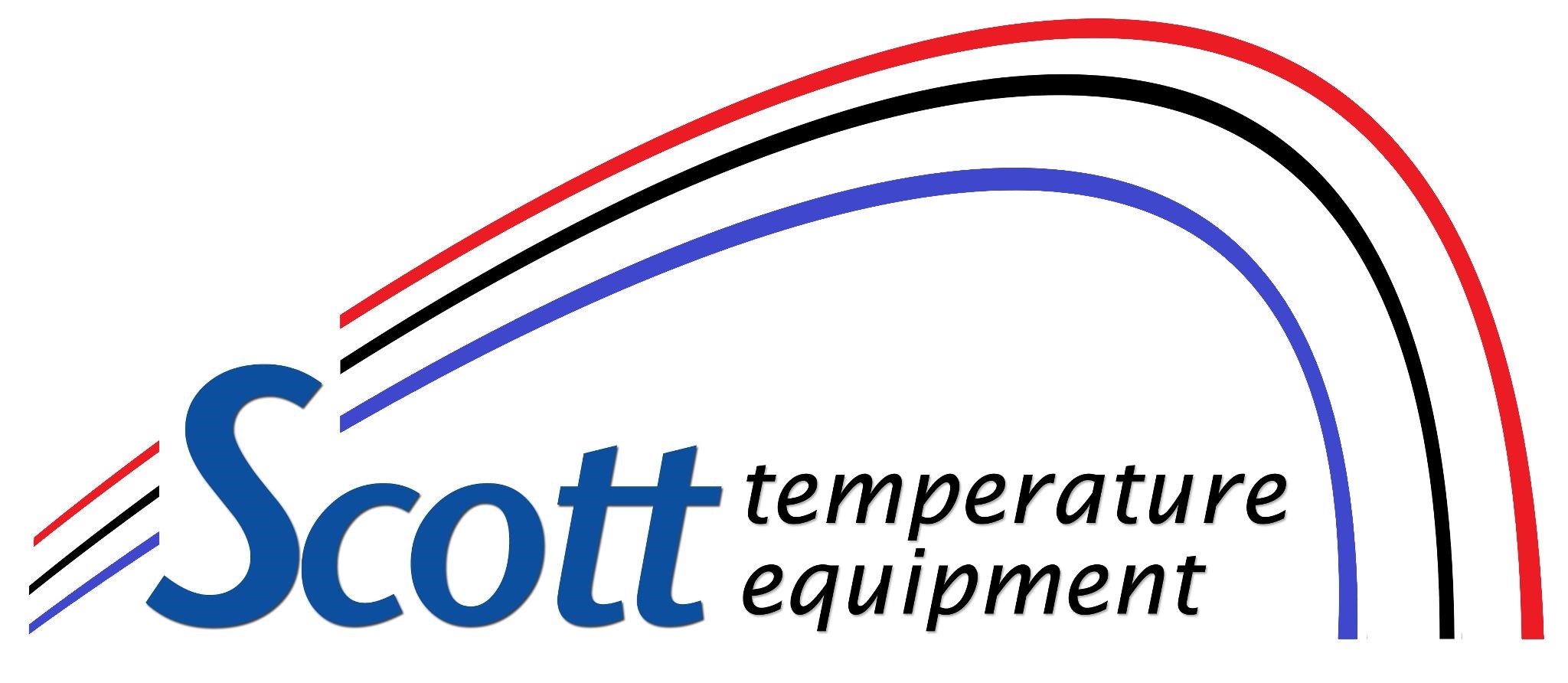
Where you aware that more than one-half of your home’s energy costs are for your heating and cooling? This is the reason why it’s essential to secure an energy-efficient HVAC system.
Furnace efficiency standards were last modified to an Annual Fuel Utilization Efficiency (AFUE) rating of 80% in 2015. This rating system calculates how effective your furnace is at combusting natural gas into heat. An AFUE rating of 80% means your furnace loses about 20% of the fuel it uses while generating heat.
In 2022, the Biden Administration recommended new energy-efficiency standards for residential gas furnaces that would substantially decrease emissions, save money and encourage sustainability.
The updated standards are estimated to:
- Save Americans $1.9 billion annually.
- Reduce carbon emissions by 373 million metric tons and methane emissions by 5.1 million tons over three decades, the equivalent of what 61 million homes emit annually.
Starting in 2029, the proposed rule would mandate all new gas furnaces to feature AFUE ratings of 95%. This means furnaces would convert nearly 100% of the gas into usable heat.
With these facts in mind, you may be asking yourself "what happens to my existing furnace"? For the time being, not much, as the proposed rule will not go into effect until 2029 at the earliest and does not affect furnaces that are already in use.
But if you need furnace replacement in soon, highly energy-efficient furnaces are ready and available. Learn how these furnaces can save you money on your utility bills.
Guide to Condensing Furnaces
How Condensing Furnaces Work
A condensing furnace is a style of heating system that uses a secondary heat exchanger to trap wasted heat from the furnace's exhaust gases. This decreases the quantity of energy wasted, improves energy efficiency and lowers carbon-monoxide emissions. It also will take less natural gas to create the same amount of heat when comparing one to other types of furnaces.
How Condensing Furnaces Differ from Non-Condensing Furnaces
The primary difference between a condensing furnace and a non-condensing furnace is that the former uses a secondary heat exchanger to gather any wasted heat from its exhaust gases, while the other does not.
How Long Condensing Furnaces Last
The life span of a condensing furnace will depend on the brand, model and other factors. In most cases, a condensing furnace should last between 10-20 years with appropriate maintenance and regular service. If you put off scheduled maintenance, the equipment may not last as long.
Why Condensing Furnaces Cost More
For the most part, condensing furnaces type of system is much more efficient than standard, single-speed furnaces, as it only uses the minimum amount of energy needed to heat your home, saving you money in the long run.
Most variable-speed furnaces are condensing furnaces, although a few are available in non-condensing models with lower AFUE ratings. In order for a furnace to be classified as a condensing furnace, it must offer an AFUE rating of 90% or higher.
Do Variable-Speed Furnaces Run Nonstop?
A variable-speed furnace doesn’t operate all the time. Rather, it runs at different speeds depending on the temperature in your Lawrence home as well as the amount of energy it requires to reach that temperature.
When sufficient energy is necessary to maintain your set temperature level, the furnace will shift to a higher speed in order to keep up with demand. Precise fan speeds offer more efficient heating in your home while also providing quieter operation.
Guide to Two-Stage Furnaces
Two-Stage Furnaces: What They Are and How They Work
A heating system with two settings of operating - high and low - is called a two-stage furnace. During the low stage, the furnace performs at a reduced capacity in order to maintain the desired temperature for your home more efficiently. During the high stage, the furnace will instead function at peak capacity to satisfy demands for greater heat. With a two-stage furnace, you can maintain enhanced energy efficiency and comfortable temperatures everywhere in your home.
While two-stage furnaces are extremely efficient, not all all models are condensing furnaces.
Does a Two-Stage Furnace Run All the Time?
A two-stage furnace should not run constantly. In the low stage of operation, the furnace operates at reduced capacity in order to maintain a planned temperature more efficiently within your home. When a greater demand for energy is needed to sustain the set temperature, the furnace switches to its high stage and operates at full capacity. For this reason, two-stage furnaces are proven to help reduce energy costs without operating around the clock.
Contrasting Two-Stage and Variable-Speed Furnaces
Two-stage furnaces have two stages of operation, low and high. During the low stage, the furnace works at reduced capacity to help maintain a desired temperature within your home. When a greater demand for warmth or cooling is necessary, the furnace will switch to its high stage and operate at maximum capacity.
Variable-speed furnaces, meanwhile, can work at multiple speeds in order to maintain a more precise temperature at home. As such, variable-speed furnaces offer greater savings on your utility bills .
Differences Between One- and Two-Stage Furnaces
One-stage furnaces have a single stage motor and operate either at full capacity or not at all. This translates to higher energy bills because the furnace runs constantly in order to maintain a desired comfort level within your home.
Two-stage furnaces, by comparison, have two stages of operation, low and high. During the low stage, the furnace runs at lower capacity in order to maintain the desired temperature more efficiently. When more warmth or cooling is necessary, the furnace will switch to its high stage and operate at peak capacity.
Make Your Furnace Installation Appointment with Scott Temperature Today
Modern furnace technology can be confusing. That’s why Scott Temperature experts are here to help with a no-obligation, no-pressure quote for furnace installation. We’ll assess your home, your heating requirements and your budget before helping you find the ideal solution. Call us at 785-269-0465 to get started today!
